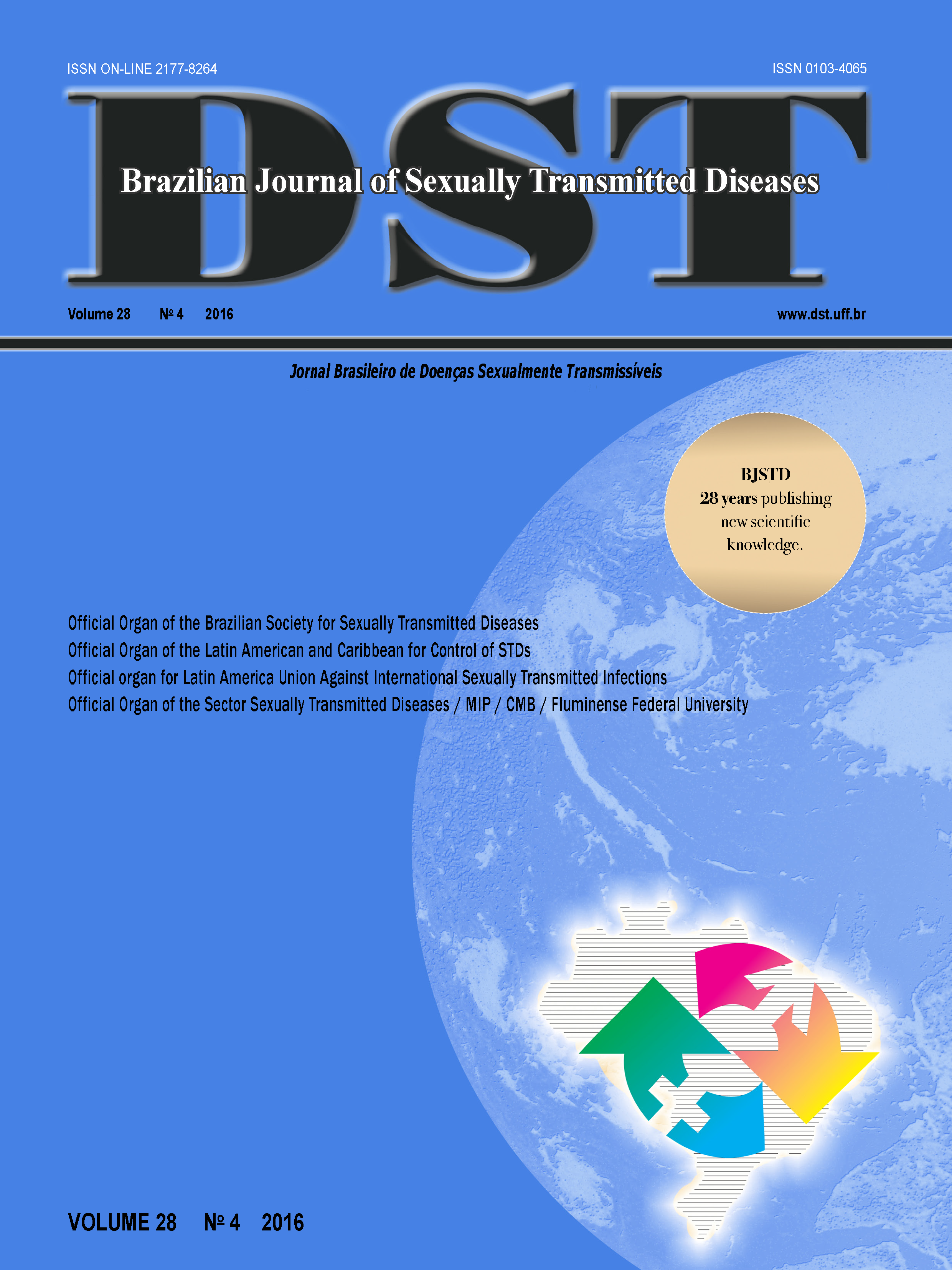Analysis of students’ knowledge about human papillomavirus
Keywords:
communicable disease control, Papillomaviridae, adolescent, sexually transmitted diseasesAbstract
Introduction: The human papillomavirus is the main risk factor for cervical cancer and is also a risk factor for oropharyngeal and penile cancer. Adolescence is the period of greatest risk of infection by the virus, because many people begin the sexual life during this period. Information about human papillomavirus is fundamental for prevention. Objective: To evaluate the adolescent’s knowledge about human papillomavirus and to disseminate information about prevention, transmission, and infection. Methods: Cross-sectional study that was carried out in a school with 390 participants, who were aged 11–18 years. A questionnaire with objective questions, descriptive analysis, and the c2 test were used. The statistical significance level was established as p<0.05. Informative lectures were carried out after the data analysis. Results: A total of 188 participants were females. The average age was 14.4 years. Among the participants, 91.28% had already heard about human papillomavirus and 91.54% of them answered that it is a virus. A total of 43.08% participants knew what the acronym stood for. The sexual intercourse was indicated by 81.03% of the participants as the main route of transmission; however, only 48.46% indicated that both genders could be infected. With regard to prevention, 59.48% of participants mentioned condom use, 12.56% of them alluded to late start of sexual activity, 53.38% of them mentioned vaccination, and 28.02% of participants indicated sexual education. Mainly female participants referred to vaccination and condom use (p<0.05). The clinical symptoms of this infection were correctly indicated by 70% of the adolescents. Conclusion: Most of the participants were aware of the basic information about human papillomavirus. However, their awareness of the possibility of both genders becoming infected and about prevention is poorer. Female participants showed higher knowledge level.












